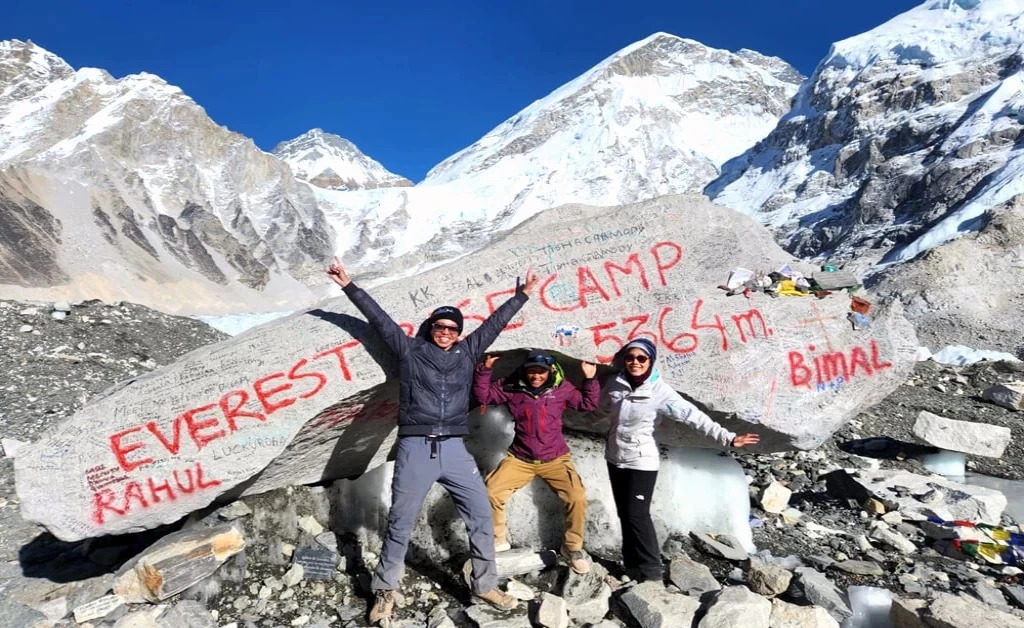Annapurna Base Camp with Poonhill Trek – 13 days
Tour Description
A typical Annapurna Base Camp trek route is 110 kilometers (68 miles) long. However, this measurement can vary slightly depending on the specific trail you follow and any optional diversions you decide to take.
-The highlight of the trek is the Annapurna Base Camp, which offers breathtaking views of the surrounding peaks, including Annapurna South and Hiunchuli. Along the way, trekkers will have the opportunity to visit the famous Poon Hill viewpoint, which offers panoramic views of the Himalayas and is a popular spot for sunrise and sunset. The trek also includes several rest days, which allow trekkers to explore the surrounding area, relax, and acclimate to the high altitude.
The trek culminates at the Annapurna Base Camp, where trekkers will spend several days exploring the area and taking in the stunning views of the Himalayas. The return journey takes trekkers back through the same route, offering a chance to reflect on the incredible journey and appreciate the beauty of the region.
In conclusion, the Annapurna Base Camp with Poon Hill Trek is an unforgettable adventure that offers stunning views of the Himalayas and a chance to experience the culture and traditions of the local communities. Whether you're an experienced trekker or a nature lover, this trek is sure to provide a lifetime of memories
Ideal Season for Annapurna Base Camp with Poonhill Trekking
Through splitting these seasons further, spring lasts from March to May. These are pleasant hiking months because of the milder weather. During this season, the flowers are in full bloom, and the pathway is lined with petals and leaves.
How challenging is Annapurna Base Camp with Poonhill Trekking?
The Annapurna Base Camp with Poonhill Trekking is the most popular and demanding hiking destination based on the unexplored trekking trails as well as feedback from hikers. Experienced trekkers won't struggle on this walk, but newcomers may encounter some challenges. As this is a high-altitude trek with unpaved roads, normal people can have difficulties in breaking and walking.
However, there is always a workaround. Beginners may get ready for this hike by adding these practices to their daily routine: Regular walking, Remaining hydrated, Meditation and Yoga, Nutritional diets, Jogging, Going to Gym, and so on.
Trek Highlights
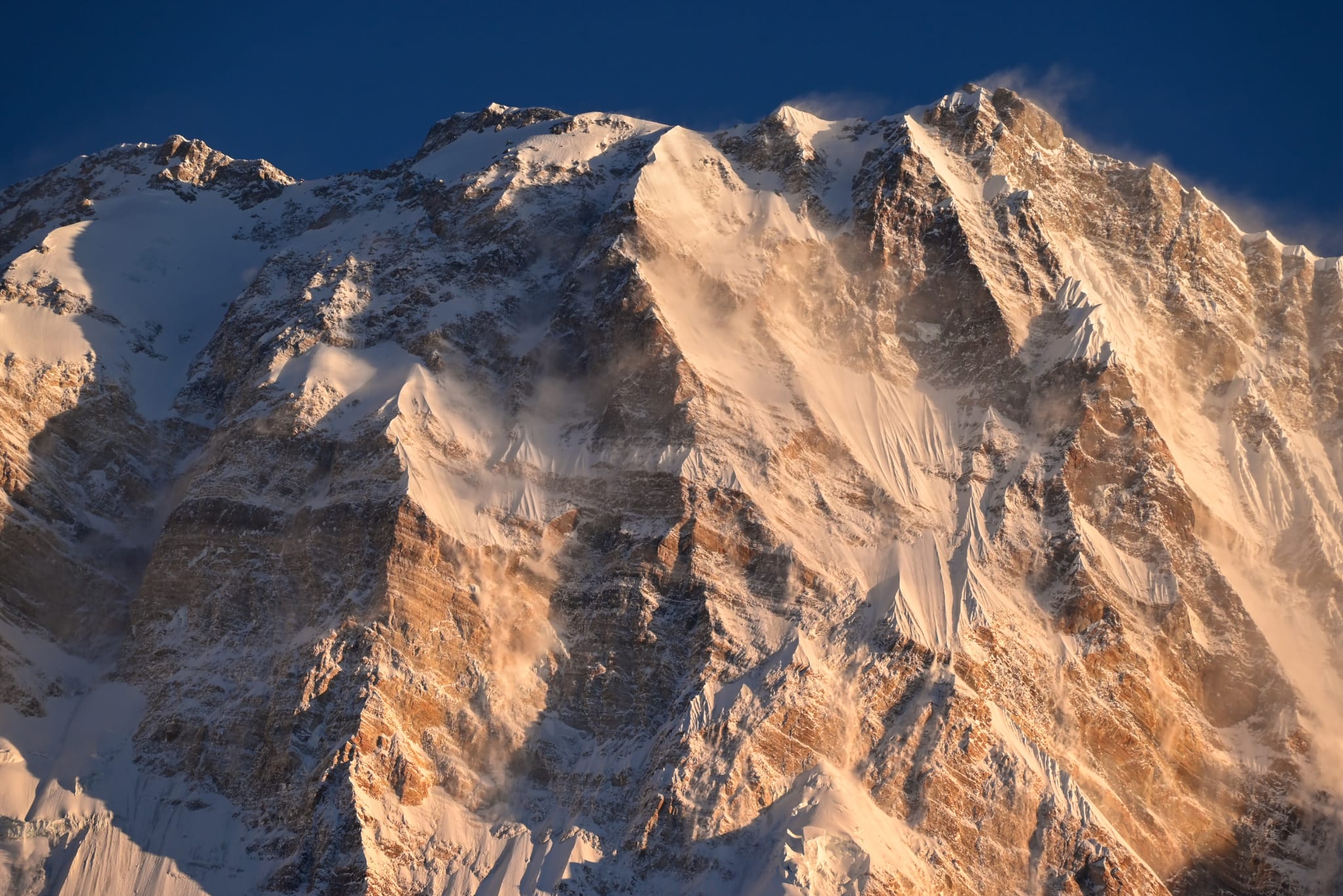
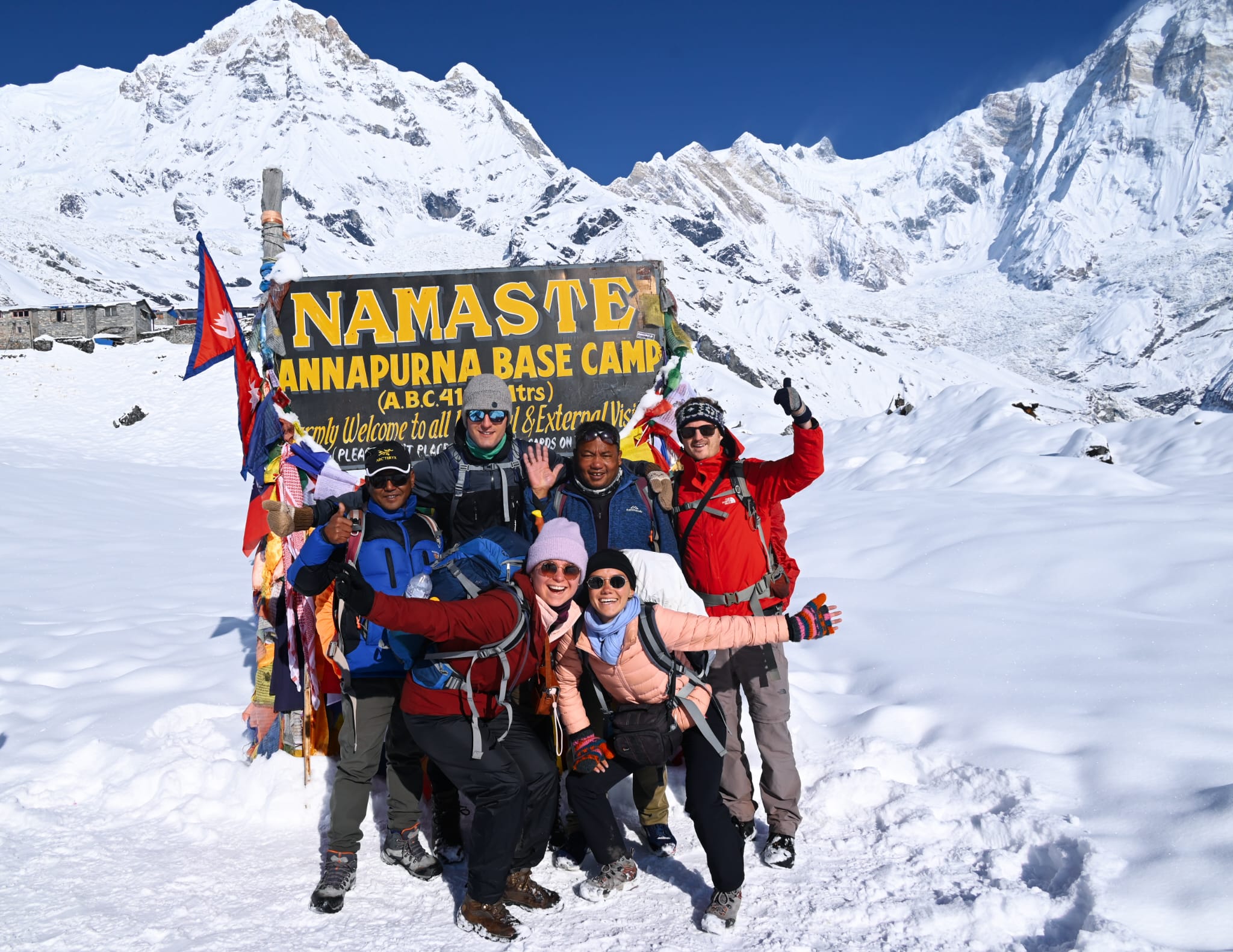
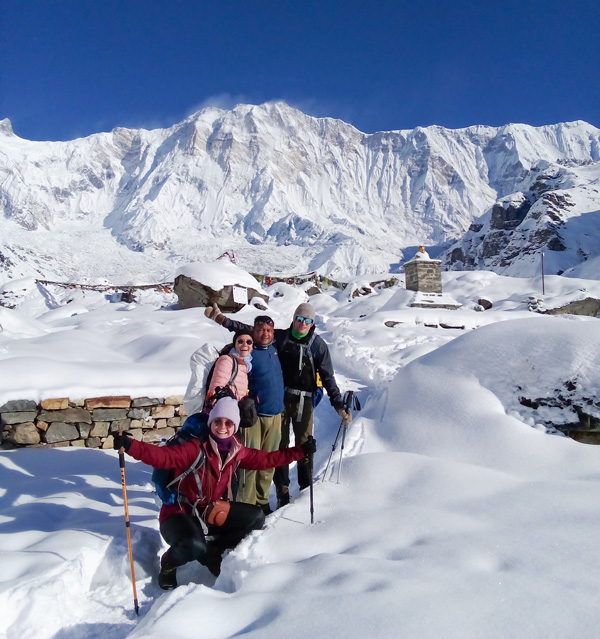
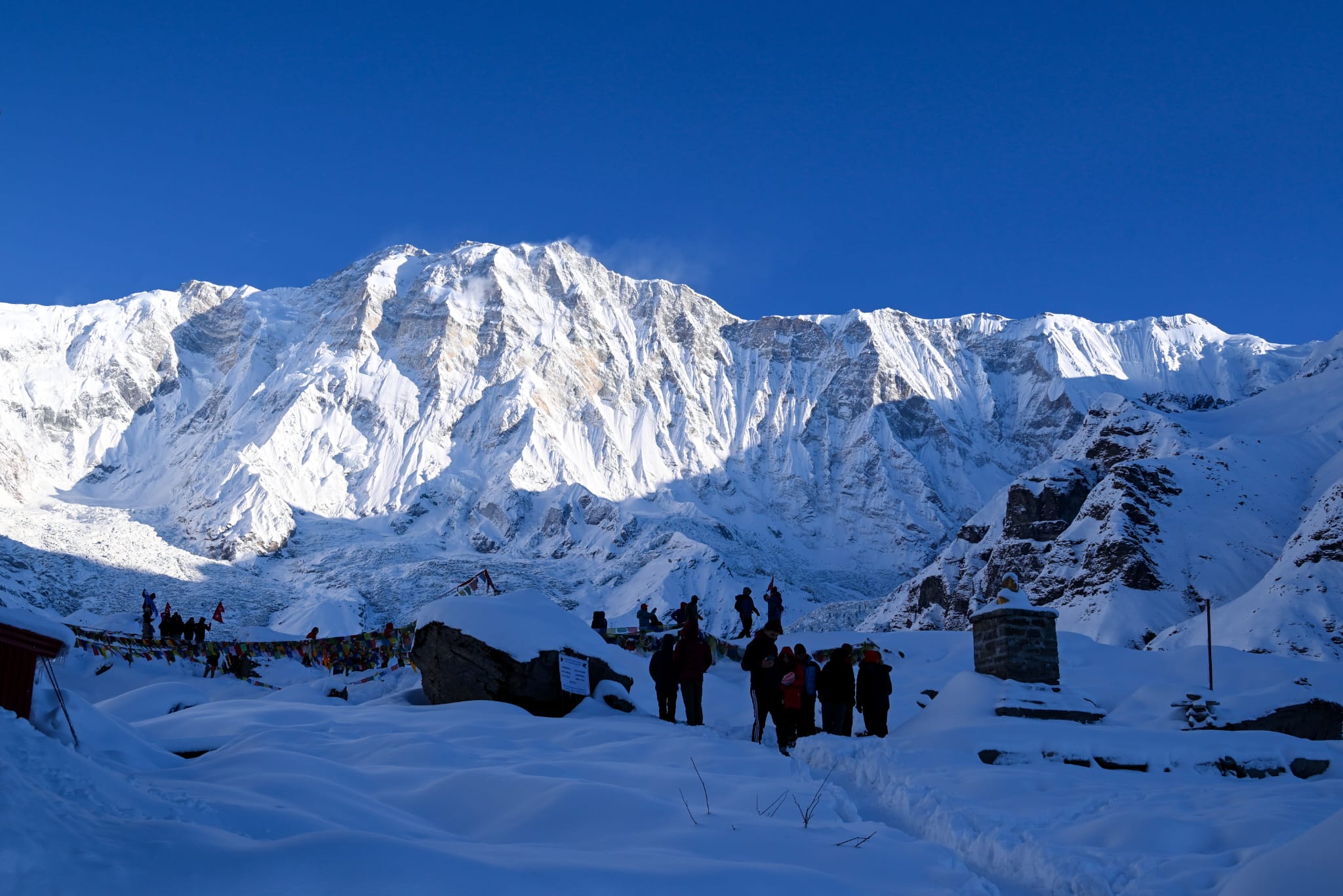
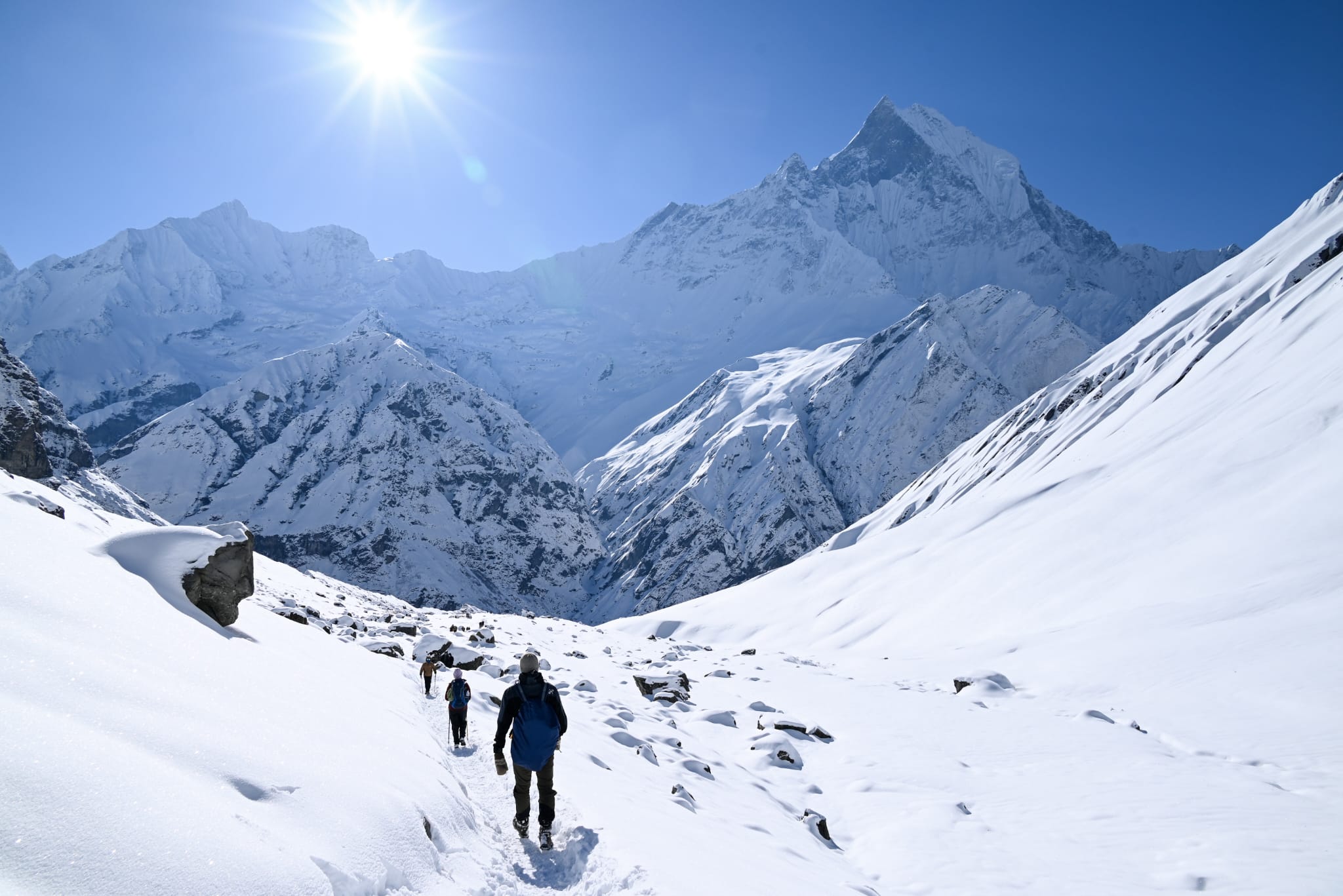
Detailed Itinerary
Day 1:
Drive from Kathmandu to Pokhara (7-8 hours). Explore Lakeside area. Overnight in Pokhara.
Day 2:
Drive from Pokhara to Nayapul, then trek to Ulleri (7 km, 4-5 hrs). Trek through villages and hills. Overnight in Ulleri.
Day 3:
Trek from Ulleri to Ghorepani (11 km, 5-6 hrs) through rhododendron and oak forests. Overnight in Ghorepani.
Day 4:
Early morning hike to Poon Hill (3,192 m) for panoramic sunrise views of Annapurna and Dhaulagiri ranges. Return to Ghorepani for breakfast, then trek to Tadapani (8 km, 6-7 hrs). Overnight in Tadapani.
Day 5:
Trek from Tadapani to Chomrong (9 km, 5-6 hrs). Descend steeply to Modi Khola River then climb to Chomrong village. Overnight in Chomrong.
Day 6:
Trek from Chomrong to Dovan (7 km, 5-6 hrs) through dense rhododendron forest and suspension bridges. Overnight in Dovan.
Day 7:
Trek from Dovan to Machhapuchhre Base Camp (9 km, 5-6 hrs). Surrounded by stunning mountain views including Machhapuchhre (Fishtail). Overnight at base camp.
Day 8:
Trek from Machhapuchhre Base Camp to Annapurna Base Camp (4 km, 3-4 hrs). Enjoy 360-degree views of Annapurna South, Hiunchuli, and Fishtail. Overnight at Annapurna Base Camp (4,130 m).
Day 9:
Trek from Annapurna Base Camp to Bamboo (16 km, 6-7 hrs). Descend through Modi Khola valley with beautiful landscapes. Overnight in Bamboo.
Day 10:
Trek from Bamboo to Jhinu Danda (16 km trek + 42 km drive, 7-8 hrs). Enjoy hot spring bath at Jhinu Danda. Overnight there.
Day 11:
Rest day at Jhinu Danda or explore nearby areas. Overnight stay.
Day 12:
Drive from Jhinu Danda to Pokhara. Free day for leisure and exploration. Overnight in Pokhara.
Day 13:
Drive back to Kathmandu.
Permits Required for Annapurna Base Camp Trek
Before you set foot on this remarkable trail, there are some essential permits you need to acquire. In this comprehensive guide, we'll walk you through the permits required for the Annapurna Base Camp trek, ensuring that your journey is not only legally compliant but also absolutely mesmerizing.
1. TIMS (Trekkers' Information Management System) Card
The TIMS card is a basic requirement for all trekkers. It helps collect data on trekkers and ensures their security. You can obtain it from the Nepal Tourism Board or authorized trekking agencies.
2. Annapurna Conservation Area Permit (ACAP)
ACAP is essential as it supports conservation initiatives within the Annapurna region. It can be obtained in Kathmandu or Pokhara from the Nepal Tourism Board or ACAP offices.
Applying for the ACAP involves providing necessary personal and trip details. This permit contributes to environmental conservation and sustainable tourism.
Why are Permits Necessary?
Permits are not just bureaucratic hurdles; they serve important purposes. They help authorities track trekkers' movements, ensuring their safety. Additionally, they contribute to conservation efforts and provide revenue for the maintenance of trails and facilities.
How much does the ABC Trek Cost?
The cost for the ABC trek typically ranges Starting $999 depending upon the company chosen and the service taken.
Accommodation like During the ABC Treks
Along the ABC Trek, you will find a range of accommodation options, including tea houses and lodges. These establishments provide basic amenities such as beds, blankets, and meals. While the facilities may vary, they offer a cozy and comfortable resting place for trekkers.
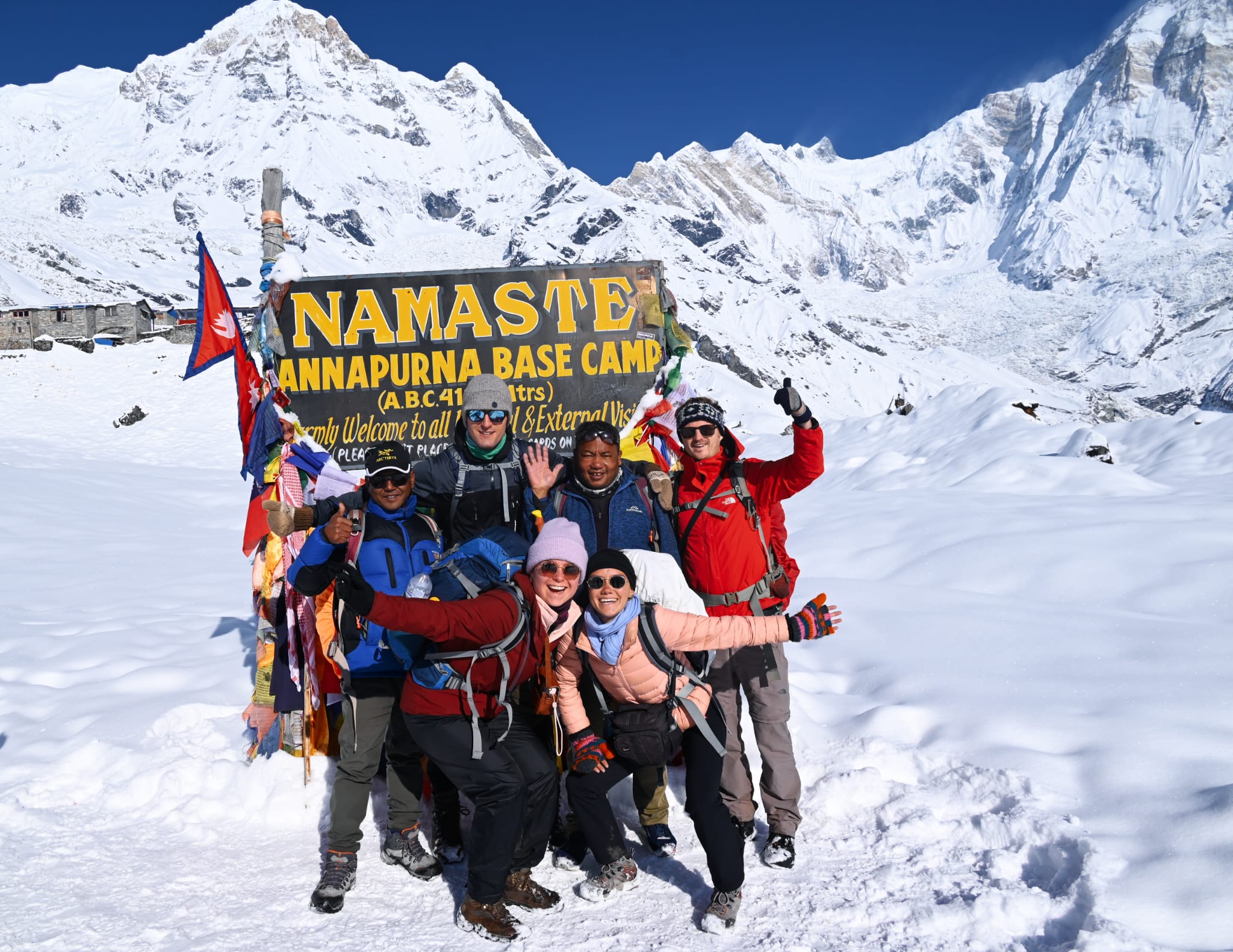
.jpg)
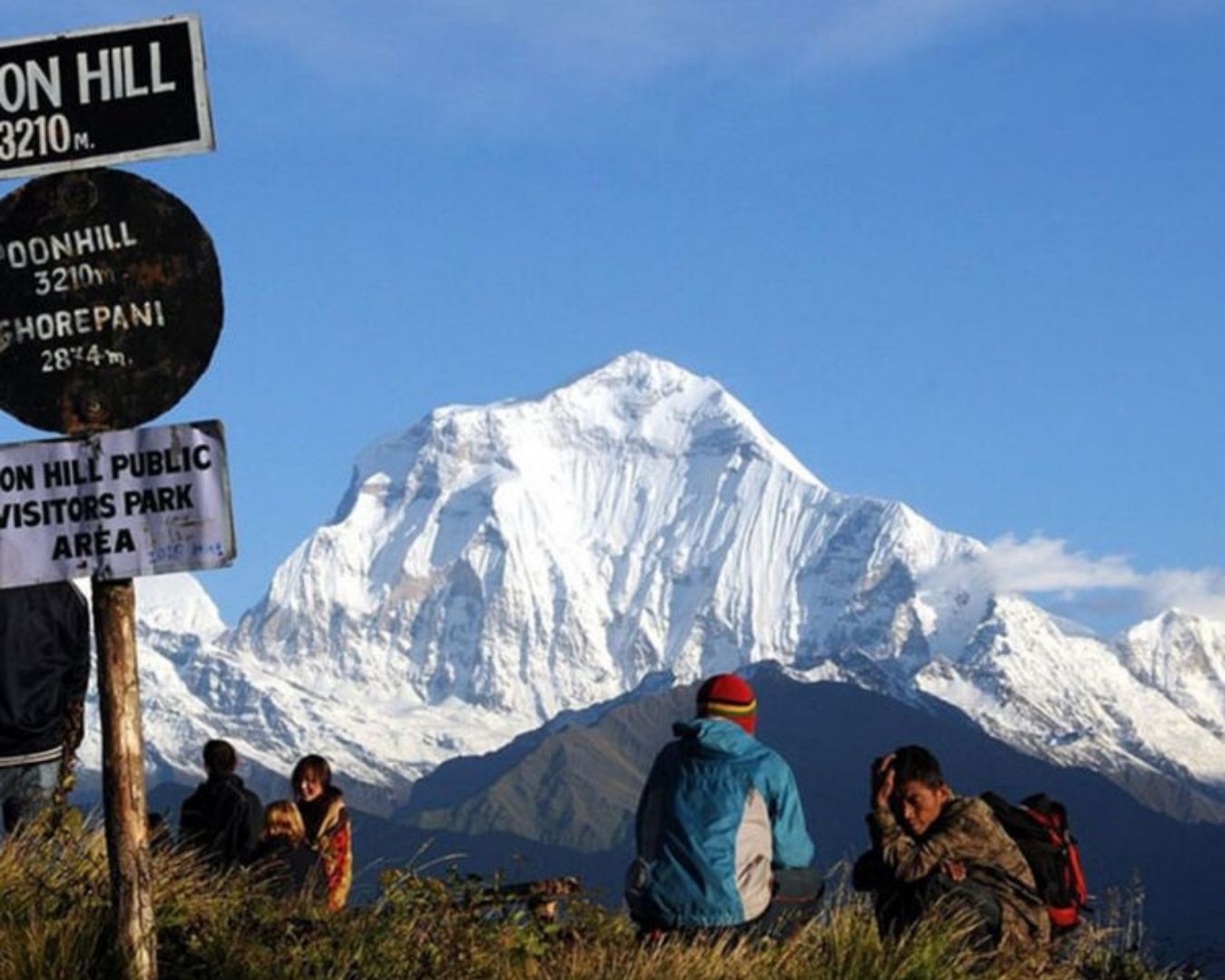
.jpg)
.jpg)
.jpg)
